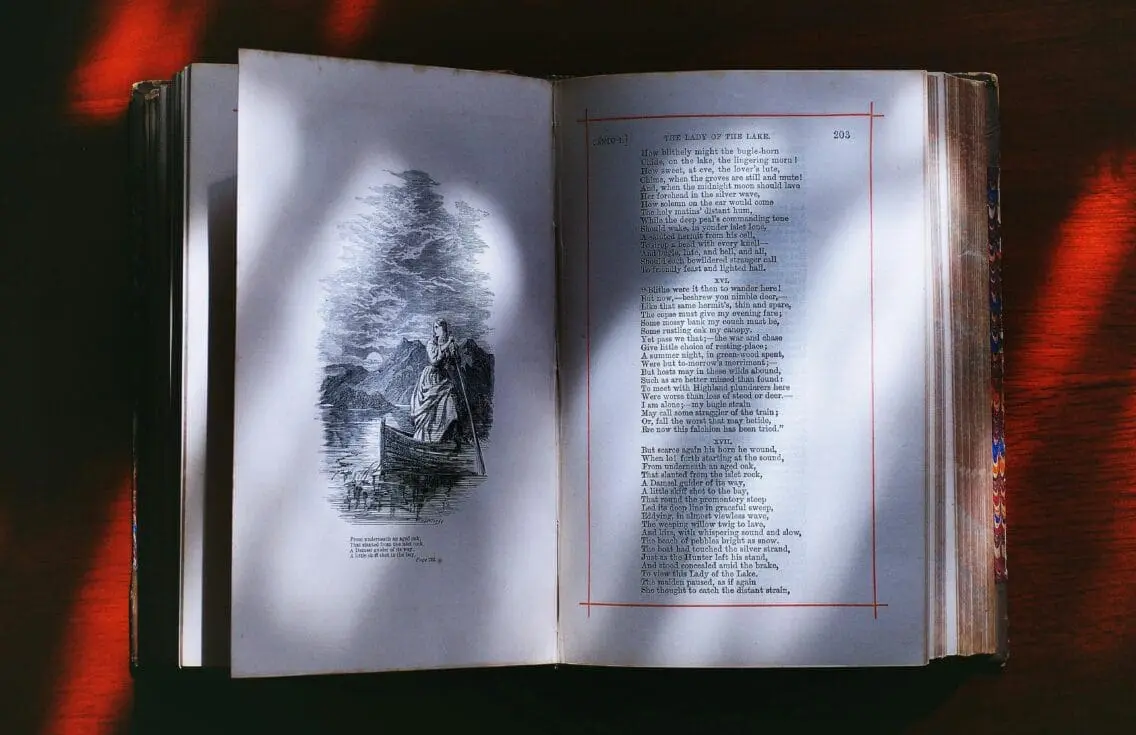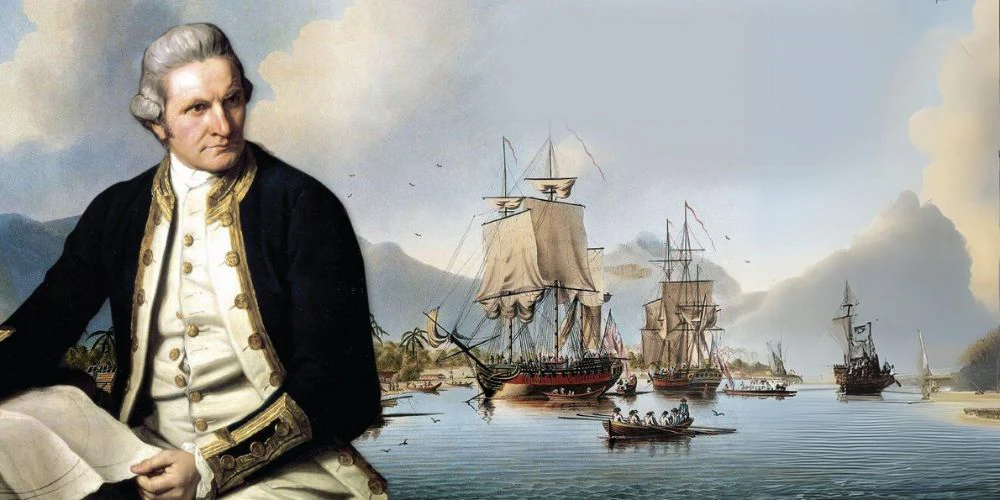History Myths You Still Believe: The Biggest Lies Ever Told

Have you ever Googled a “fact” about history, only to find out later it wasn’t true at all? You’re not alone. In the age of social media, SEO content mills, and viral TikToks, it’s easier than ever to stumble upon convincing history myths and take them at face value.
Some of these so-called facts have been around for centuries. Others have resurfaced or been repackaged in memes, aesthetic timelines, or catchy video reels. But here’s the truth: many of the historical myths you still believe are some of the biggest lies ever told.
According to a Pew Research Center study, about 64% of U.S. adults say fake news causes a great deal of confusion about basic facts. In other words, misinformation doesn’t just cloud today’s headlines; it also reshapes how we remember the past.
In this article, we’ll break down the most common history myths, explain where they came from, and show how they continue to spread, often disguised as truth.
Why Do History Myths Survive?
Before we dive into the actual myths, it’s worth understanding why historical lies are so persistent.
Narrative bias: People naturally prefer neat, dramatic stories—especially those with heroes, villains, or shocking twists. Think of the viral claim that Napoleon was short; it stuck not because it was true, but because it fit a simple, entertaining narrative about power and insecurity.
Search engine optimization (SEO): Websites that repeat historical myths again and again still rank high in search results, making those falsehoods seem credible through sheer repetition.
Social media: Platforms like TikTok, Instagram, and YouTube often oversimplify complex facts or prioritize virality over accuracy, allowing misinformation to spread faster than corrections ever could.
These factors help explain why much of what people believe about history today is built more on convenience and entertainment than on evidence.

Myth #1: King Christian X of Denmark Wore a Star of David in Solidarity with Jews
The Lie: During WWII, King Christian X of Denmark wore a yellow Star of David to show support for Danish Jews under Nazi occupation.
The Truth: While inspiring, this story is completely fictional. According to Snopes, no order ever required Danish Jews to wear the Star of David, and King Christian never wore one himself. The myth likely evolved from a comment he was rumored to have made, saying he would wear the star if the Nazis forced Jews to, but even that statement lacks documented proof.
What is true, however, is even more powerful: Danish citizens, with help from the resistance and some government officials, successfully smuggled over 7,000 Jews to safety in neutral Sweden. The myth may not be real, but the spirit of Danish resistance was.
Myth #2: Columbus Discovered America
The Lie: Christopher Columbus discovered America in 1492.
The Truth: Indigenous peoples had lived on the continent for thousands of years, and Norse explorer Leif Erikson reached North America around 500 years before Columbus.
Columbus never set foot on what is now the U.S. mainland; his voyages landed in the Caribbean and parts of Central and South America. Yet his name became synonymous with “discovery,” erasing the deep histories that existed long before his arrival.
Still, the claim that he “discovered America” remains one of the most common history myths taught in U.S. schools. This narrative survives partly due to outdated curricula and SEO-driven retellings that prioritize simplicity over accuracy.
In reality, millions of Indigenous peoples had thriving, complex societies across the Americas long before Columbus set sail.

Myth #3: Captain James Cook Discovered Australia
The Lie: British explorer Captain James Cook was the first European to discover and set foot on the Australian continent.
The Truth: While Cook’s 1770 voyage along the east coast of Australia was historically significant, he wasn’t the first European to reach the continent.
Dutch navigator Willem Janszoon made landfall in northern Australia in 1606, over 160 years earlier. As documented in the history of European exploration of Australia, several Dutch expeditions had already mapped parts of the coastline by the time Cook arrived. Cook’s legacy lies in charting the east coast and claiming it for Britain, not in discovering the land itself. The narrative also erases the presence of Indigenous Australians, who had been living there for over 60,000 years.
Myth #4: Vikings Wore Horned Helmets
The Lie: All Vikings wore horned helmets in battle.
The Truth: There is no archaeological evidence to support this.
Despite what pop culture shows, real Viking warriors didn’t wear horned helmets. The idea came from 19th-century opera costumes, especially Wagner’s Ring Cycle, designed to look dramatic, not accurate. Artists of that era amplified the image to evoke savagery and spectacle, fitting romanticized European notions of “barbarian warriors.”
Still, the look stuck. From cartoons to cosplay, the horned helmet has become a go-to Viking symbol. It’s a textbook example of how aesthetic choices, not evidence, can shape history myths that just won’t die, overshadowing the real Nordic impact of Vikings.
Myth #5: Einstein Failed Math
The Lie: Albert Einstein was bad at math and even failed it in school.
The Truth: He was exceptionally gifted in mathematics from a young age.
This myth likely stems from a misunderstanding of grading systems. Einstein actually excelled in math from a young age. By 12, he was tackling advanced algebra and calculus, impressing even his teachers.
“I never failed in mathematics. Before I was fifteen, I had mastered differential and integral calculus.” –Time
Still, the idea that he “failed math” lives on in motivational speeches, social media reels, and SEO-driven blogs. It’s comforting to believe that even geniuses struggle, but in this case, it’s simply not true. Just another feel-good history myth that refuses to fade.
Myth #6: The Great Wall of China Is Visible from Space
The Lie: The Great Wall is the only man-made structure visible from space.
The Truth: It’s not visible to the naked eye from low Earth orbit, at least not without technological help.
It sounds impressive, but it’s not true. NASA astronauts have confirmed that the Great Wall isn’t visible to the naked eye from low Earth orbit, as it blends too well with the natural landscape.
Still, this myth thrives in trivia books, travel blogs, and SEO-rich listicles. It sticks not because it’s factual, but because it feels true, a perfect example of how catchy claims often outlive actual evidence.
How to Fact-Check History Myths in the Internet Age
Want to stop spreading misinformation? Here are a few tools and tips:
- Check the source: Academic journals, museum sites, and official archives are more reliable than personal blogs or listicles.
- Use reverse image search, especially for historical images or “quotes” overlaid on photos.
- Follow historians online: Public educators like Janina Ramirez and Patrick Wyman often debunk viral history myths.
The Enduring Power of History Myths in the Modern Age
Many of the history myths we still believe didn’t survive because they were true — they lasted because they were dramatic, easy to teach, and endlessly shareable. From Columbus to Captain Cook, the internet is overflowing with half-truths dressed up as historical facts.
With the rise of AI generating convincing fake images and videos, it’s easier than ever for old myths to resurface or new ones to spread. That’s why being smart, skeptical, and fact-driven matters more than ever.
So next time you come across a viral “Did You Know?” post or a quote that sounds too perfect, pause and ask yourself: Is it real history — or just another one of the biggest lies ever told?
Which myth fooled you the longest? Drop it in the comments or share this with someone who still thinks Vikings wore horned helmets. Let’s set the record straight together.
Sources:
- https://www.historyhit.com/the-biggest-myths-in-history/
- https://www.snopes.com/fact-check/a-star-is-borne/
- https://www.csmonitor.com/USA/2011/1010/Christopher-Columbus-Five-things-you-thought-you-knew-about-the-explorer/MYTH-Columbus-discovered-America
- https://en.wikipedia.org/wiki/European_exploration_of_Australia
- https://www.historyextra.com/period/viking/historical-fact-check-vikings-myths-busted-did-wear-horned-helmets-violent-barbarians/
- https://vocal.media/history/albert-einstein-10-myths-debunked-about-his-life
- https://www.skyatnightmagazine.com/space-science/can-you-see-great-wall-china-from-space
FAQs About Common History Myths
1. Why do history myths spread so easily?
Because they’re simple, emotional, and memorable. People tend to share stories that sound dramatic or inspiring, even if they aren’t completely accurate. Once a myth gains traction, it often becomes part of pop culture or education before anyone questions it.
2. Can history myths ever contain partial truths?
Yes. Many myths are based on real events or figures but have been exaggerated, simplified, or distorted over time. The truth often lies somewhere between what’s taught and what actually happened.
3. How can I fact-check a historical claim I see online?
Start by checking whether it’s mentioned by museums, universities, or trusted educational sites. Avoid relying on viral posts or AI-generated summaries, which often recycle old misinformation.
4. Do new technologies like AI make history myths worse?
They can. AI tools can create convincing fake images, quotes, or “facts,” making it harder to separate truth from fiction. At the same time, AI can also help identify misinformation—if used responsibly.
5. Why do schools still teach outdated or false historical facts?
Education systems evolve slowly. Some myths persist because textbooks and teaching materials aren’t regularly updated, or because the simplified versions are easier for young students to grasp.


